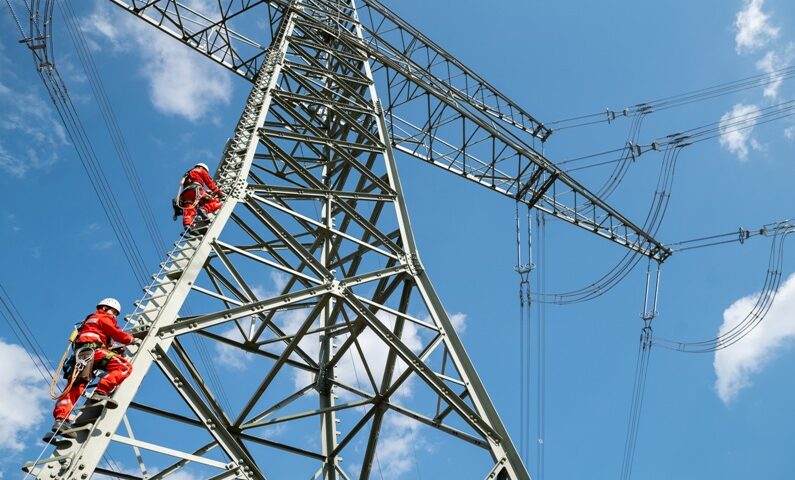Though power T&D continues to undoubtedly be a thrust area in terms of public and private investment, it is a matter of concern that the pace of transmission infrastructure upgrade of late has been slower than expected.
During the first eight months of FY24, addition of new transmission lines and substation (transformation) capacity has fallen short of target. According to latest statistics released by Central Electricity Authority (CEA), India could add 7,844 ckm of new transmission lines in the April-November period of FY24, meeting only 64 per cent of the targeted 12,236 ckm. In terms of substation capacity addition, the target achievement was barely 57 per cent with actual addition standing at 32,961 MVA.
Falling short of the target, and very significantly at that, is just one aspect. The actual performance in FY24 also does not comparable favourably with that in FY23. In the case of substation capacity, actual addition in FY24 (April to November), was 24.6 per cent lower than in the same period of FY23. When it comes to transmission lines, actual addition in FY24 was only marginally higher than in the previous year.
The shortfall in target achievement is largely arising from poor performance of state transmission utilities, which are mainly associated with 220kV-rated transmission infrastructure. Central utilities, mainly comprising Power Grid Corporation of India Ltd (PGCIL), and private utilities have done relatively better. This is why transmission infrastructure upgrade, at the 765kV level, has not been way off the target.
During FY24, a record number of interstate transmission system (ISTS) schemes have been awarded. The winning developers represent a healthy mix between PGCIL and private developers. This would ensure that the pace of 765kV and 400kV transmission infrastructure addition would be healthy in the coming years. The 220kV upgrade remains a matter of concern as it is largely a state government prerogative.
State government utilities should actively considering engaging private enterprise in transmission network augmentation, through the TBCB (tariff-based competitive bidding) mechanism. Some states like Uttar Pradesh, Madhya Pradesh, Odisha, etc, are working towards it but by and large, the penetration of the TBCB culture in intrastate transmission system (InSTS) projects is still very poor.
The power T&D value chain ranges from extra high-voltage lines for interregional and interstate transmission, to intrastate lines, culminating in the downstream distribution network.
Inadequacies at any stage would be a weak link in the value chain, and would militate against the ultimate objective to reaching electricity to the smallest and remotest consumer.
The author of this article, Venugopal Pillai, is Editor, T&D India, and may be reached on venugopal.pillai@tndindia.com. Views expressed here are personal.

